Can Gio port area will handle the volume of Vietnam's import and export goods not exceeding 20 - 25% of the total demand for goods passing through.
In the detailed planning of seaports, ports, wharves, buoys, water areas, and water regions for the period 2021 - 2030, with a vision to 2050 approved by the Prime Minister, Can Gio port is in port group 4, belonging to Ho Chi Minh City seaport.
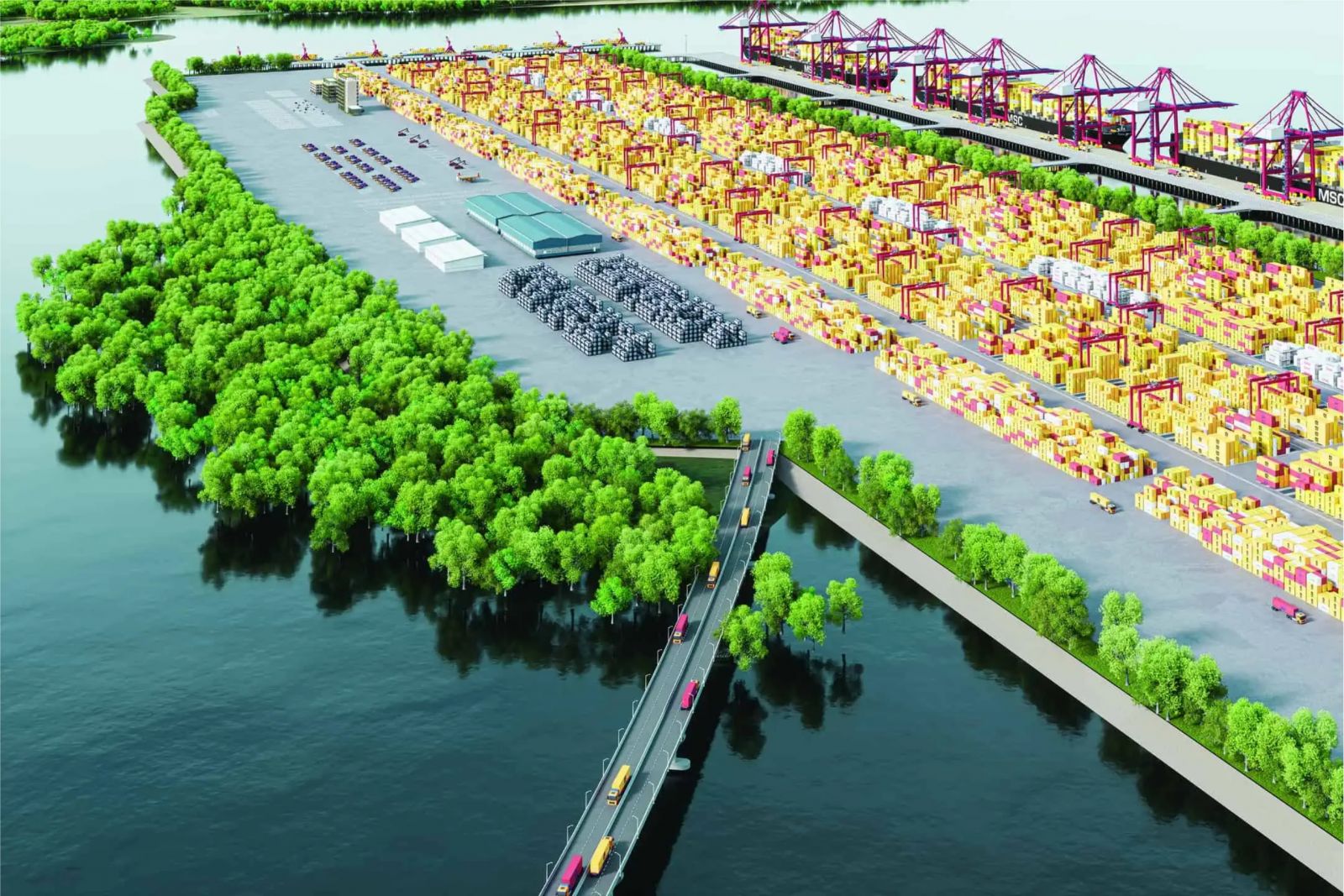
By 2030, Can Gio port area will have 2-4 wharves, meeting the demand for cargo transit from 28.8 million tons to 57.6 million tons (Photo: Perspective of Can Gio international transit port project).
According to the plan, by 2030, Can Gio international transit port area will have 2-4 ports (including 2-4 wharves), meeting the demand for goods transit from 28.8 million tons to 57.6 million tons (equivalent to 2.4 million TEU to 4.8 million TEU).
In which, the volume of Vietnam's import and export goods loaded and unloaded at the port does not exceed 20% to 25% of the total demand for goods passing through.
Vision to 2050, continue to develop new ports to meet the demand for goods with an average growth rate of about 3.5%/year to 3.8%/year.
Can Gio international transit port area has a planned scale of developing about 13 ports to meet the demand for international container transit goods and cargo growth.
Notably, seaport group No. 4 is oriented towards 2050 and will continue to develop new ports to meet the demand for cargo throughput.
In particular, Can Gio international transit port area continues to be invested to form a large-scale international transit port cluster with Asian and international stature at Cai Mep estuary (including Cai Mep port area and Can Gio international transit port area).
Previously, the Prime Minister approved the investment policy of the Can Gio international transit port project. The project has a land use area of about 571 hectares. The project implementation period is within 50 years. The investment capital is determined based on the project implementation proposal and the Can Gio international transit port research project and is not less than VND 50,000 billion.
Accordingly, investors are only allowed to implement the project after it is in accordance with the planning at all levels and the competent authority has decided to change the purpose of forest land to another purpose according to the provisions of the law on forestry, the law on land and other relevant regulations, as well as completing the procedures on environmental protection according to the provisions of the law on environmental protection; procedures and conditions on technology used in the project according to the provisions of the law on technology and technology transfer.
Investors are not allowed to transfer the project within 5 years from the date of issuance of the Investment Registration Certificate. Changes to investors after this period must comply with the provisions of law and must be approved in writing by the Ho Chi Minh City People's Committee.
At the same time, approval must be obtained from the Ministry of National Defense, the Ministry of Public Security and relevant agencies in case of issues arising related to national defense and security during project implementation and in case of project transfer or transfer of capital contribution, controlling shares, transfer of capital contribution, shares to foreign investors in the project implementation organization.
Source: https://www.baogiaothong.vn/khu-ben-can-gio-duoc-quy-hoach-nhu-the-nao-192250127232759411.htm


![[Photo] Prime Minister Pham Minh Chinh chairs the Government's special meeting on law-making in April](https://vstatic.vietnam.vn/vietnam/resource/IMAGE/2025/4/13/8b2071d47adc4c22ac3a9534d12ddc17)

![[Photo] National Assembly Chairman Tran Thanh Man attends the ceremony to celebrate the 1015th anniversary of King Ly Thai To's coronation](https://vstatic.vietnam.vn/vietnam/resource/IMAGE/2025/4/13/6d642c7b8ab34ccc8c769a9ebc02346b)
![[Photo] National Assembly Chairman Tran Thanh Man attends the Policy Forum on Science, Technology, Innovation and Digital Transformation](https://vstatic.vietnam.vn/vietnam/resource/IMAGE/2025/4/13/c0aec4d2b3ee45adb4c2a769796be1fd)




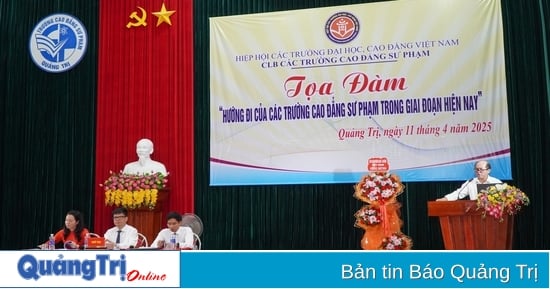

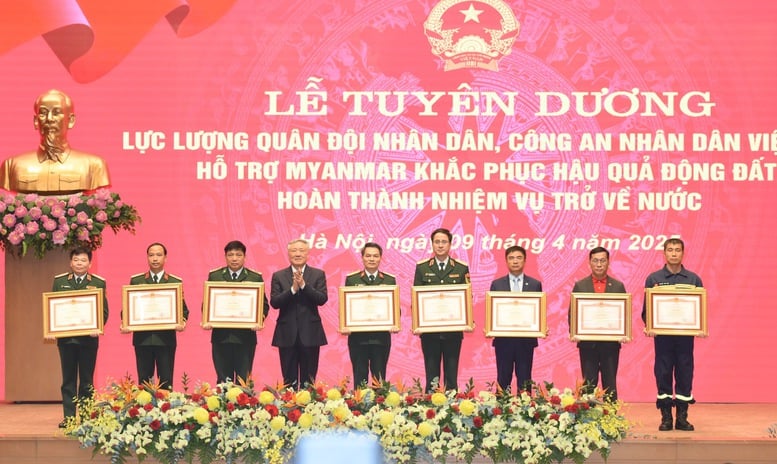

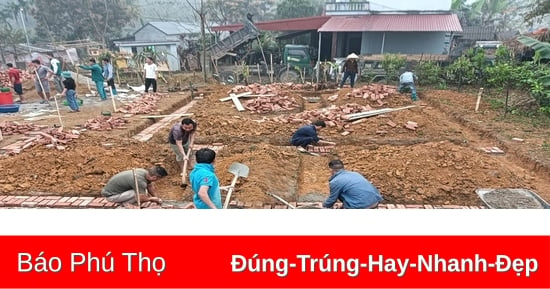
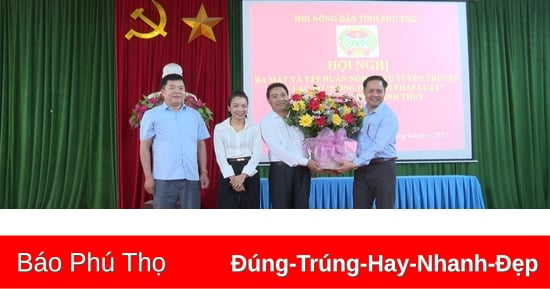
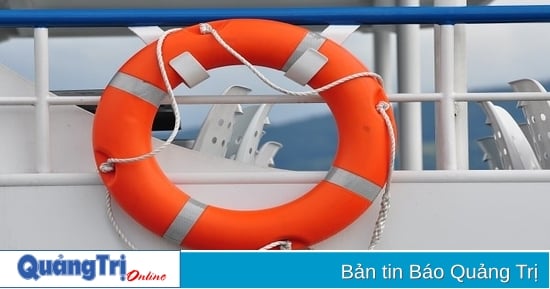
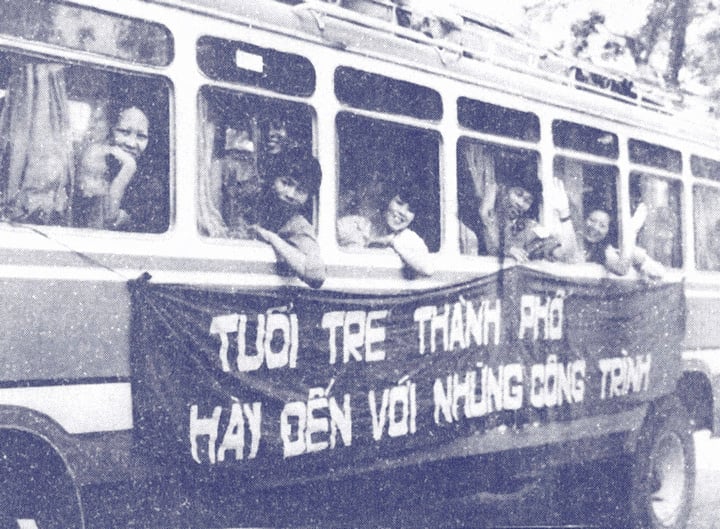
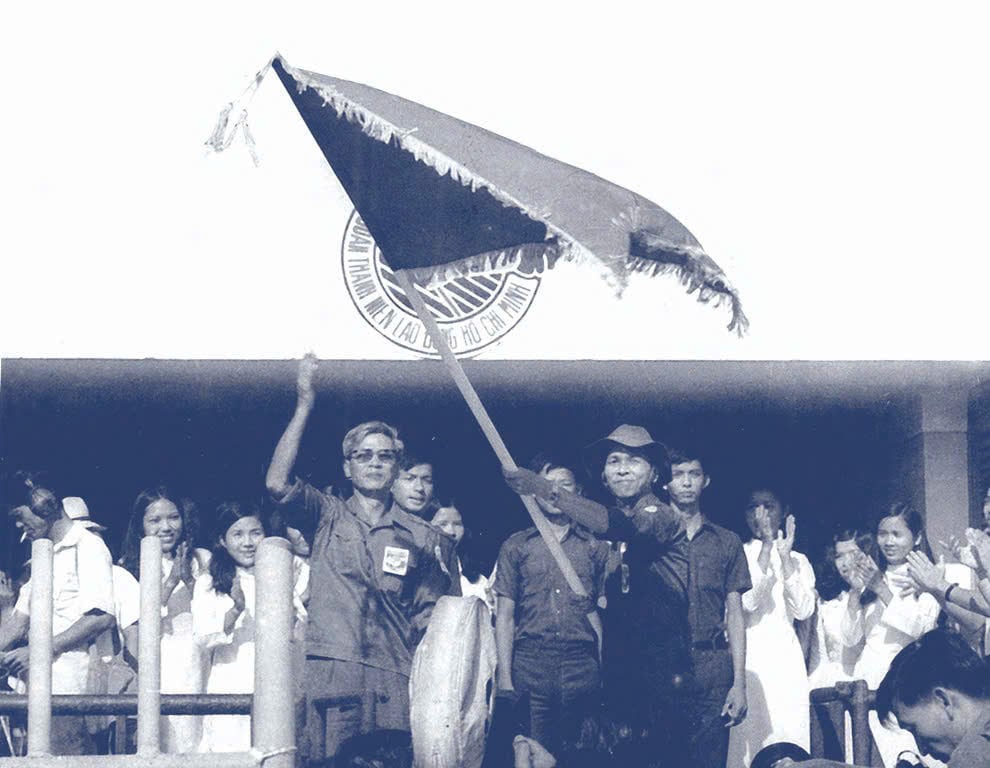
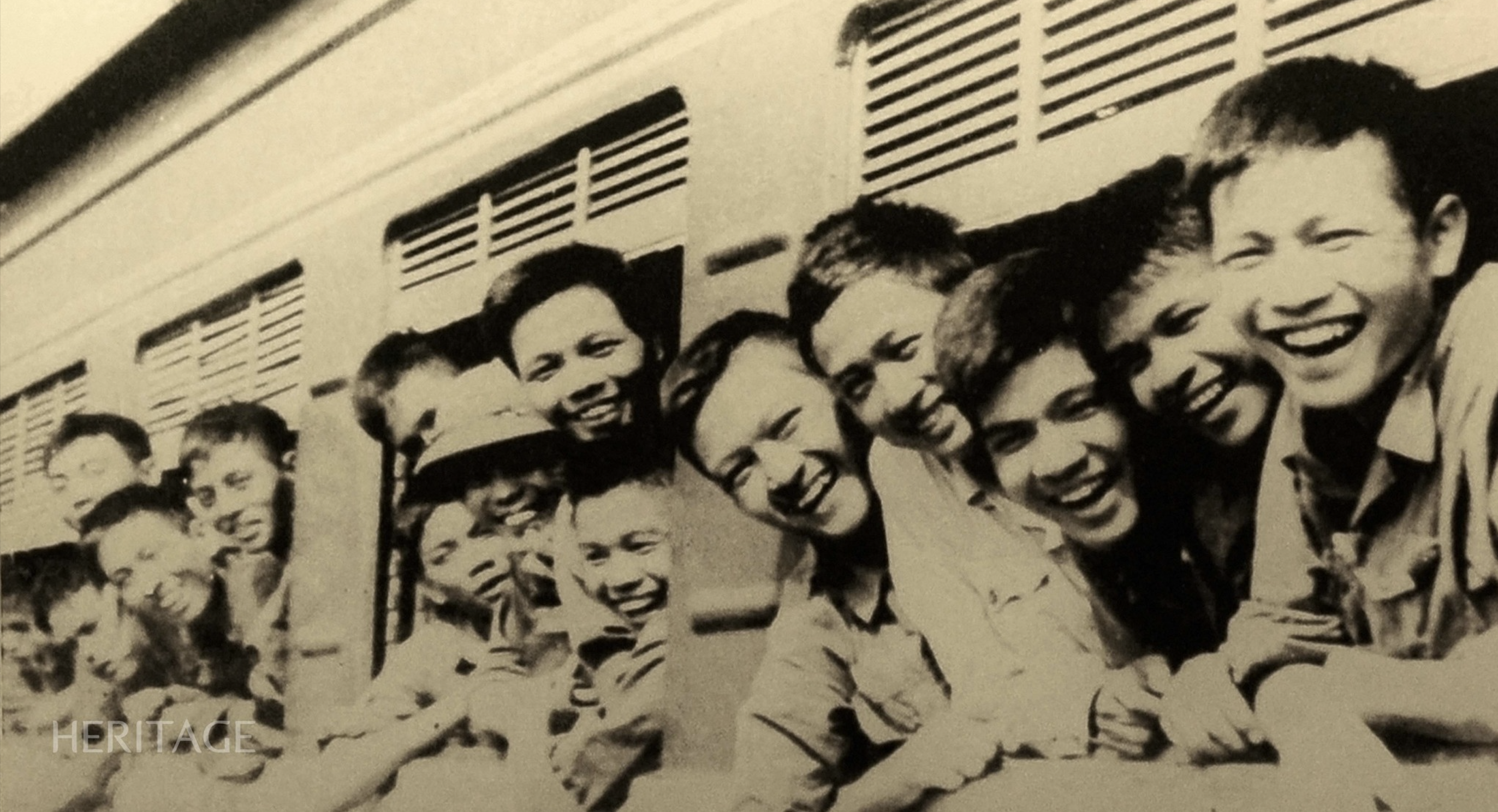
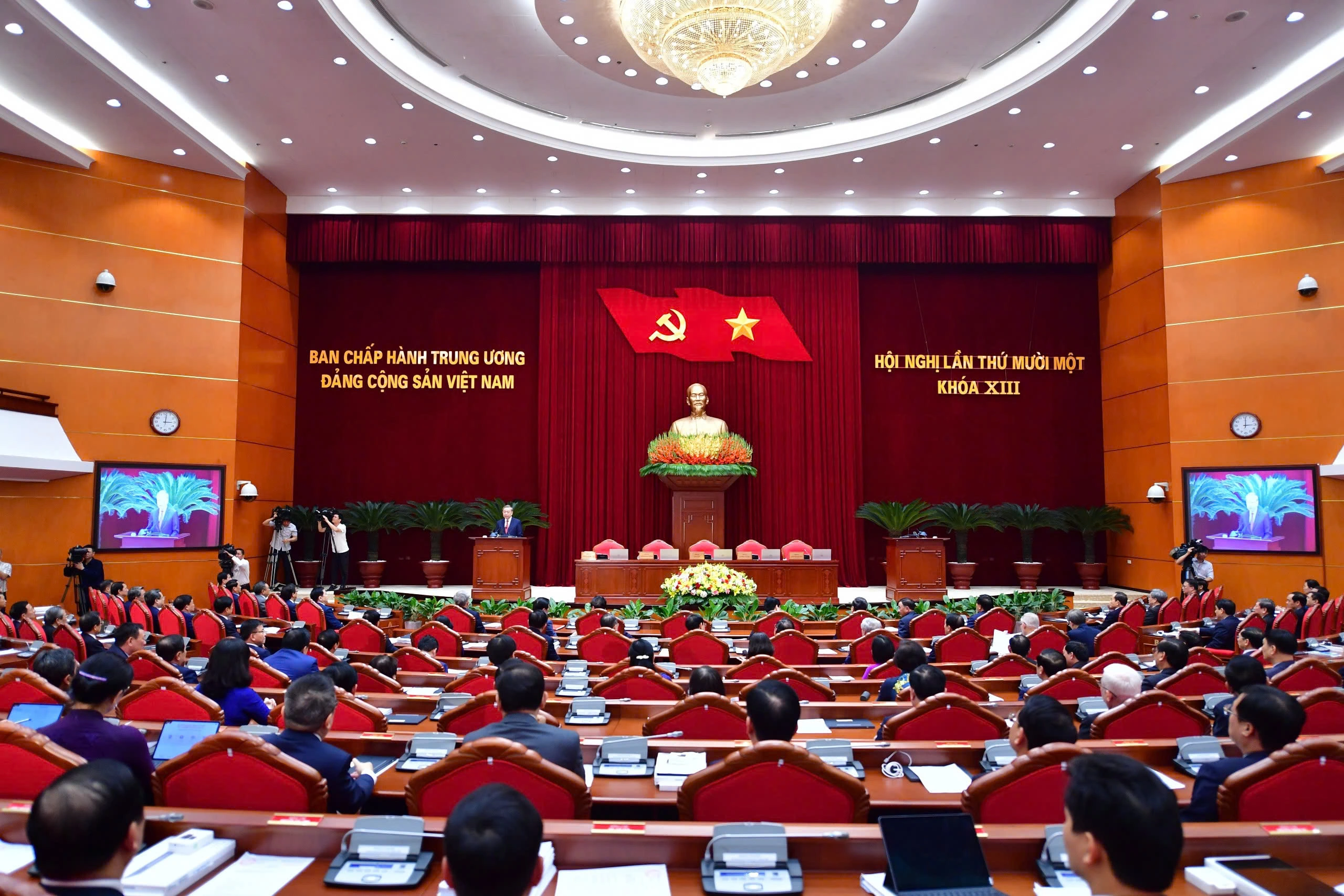
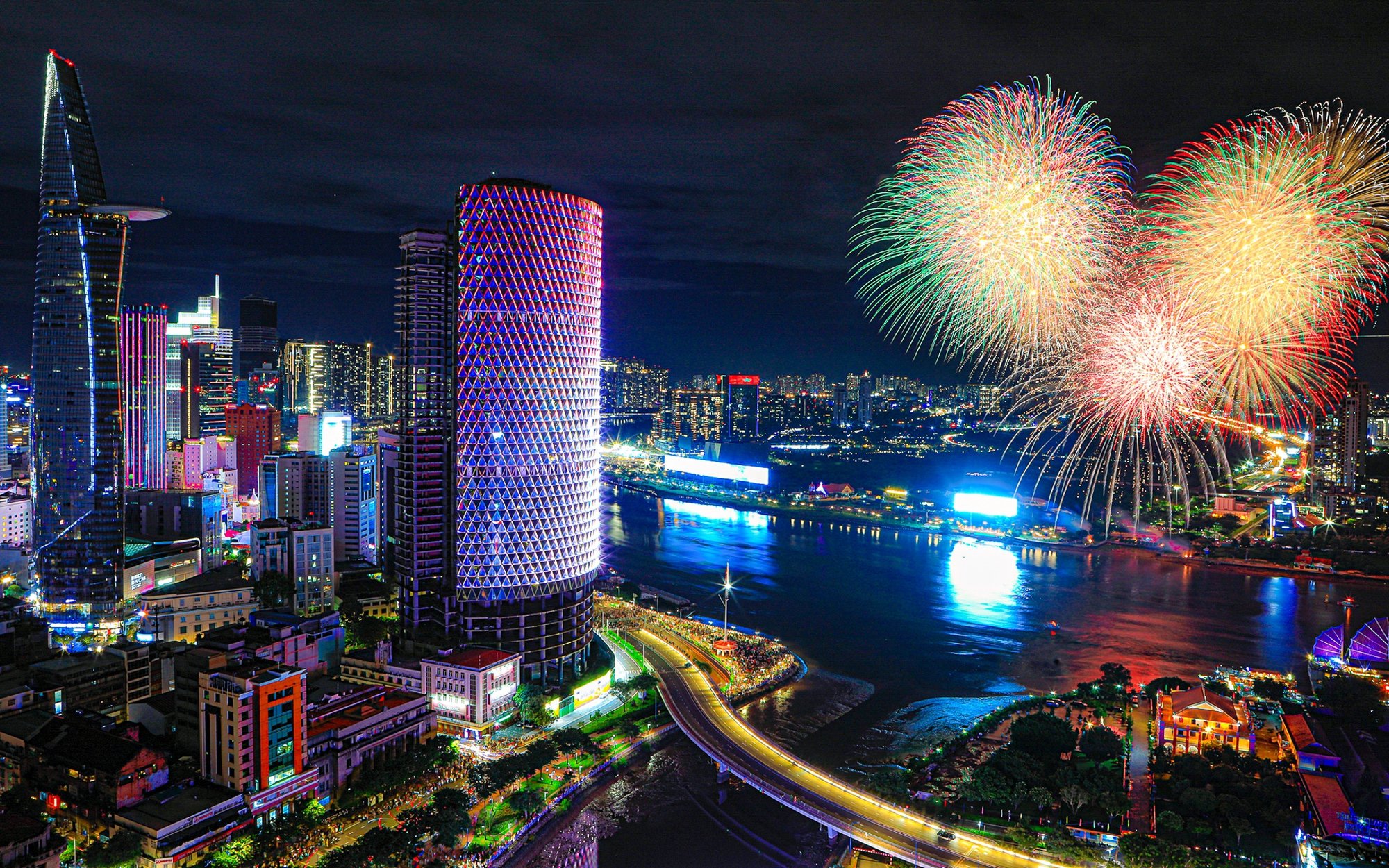
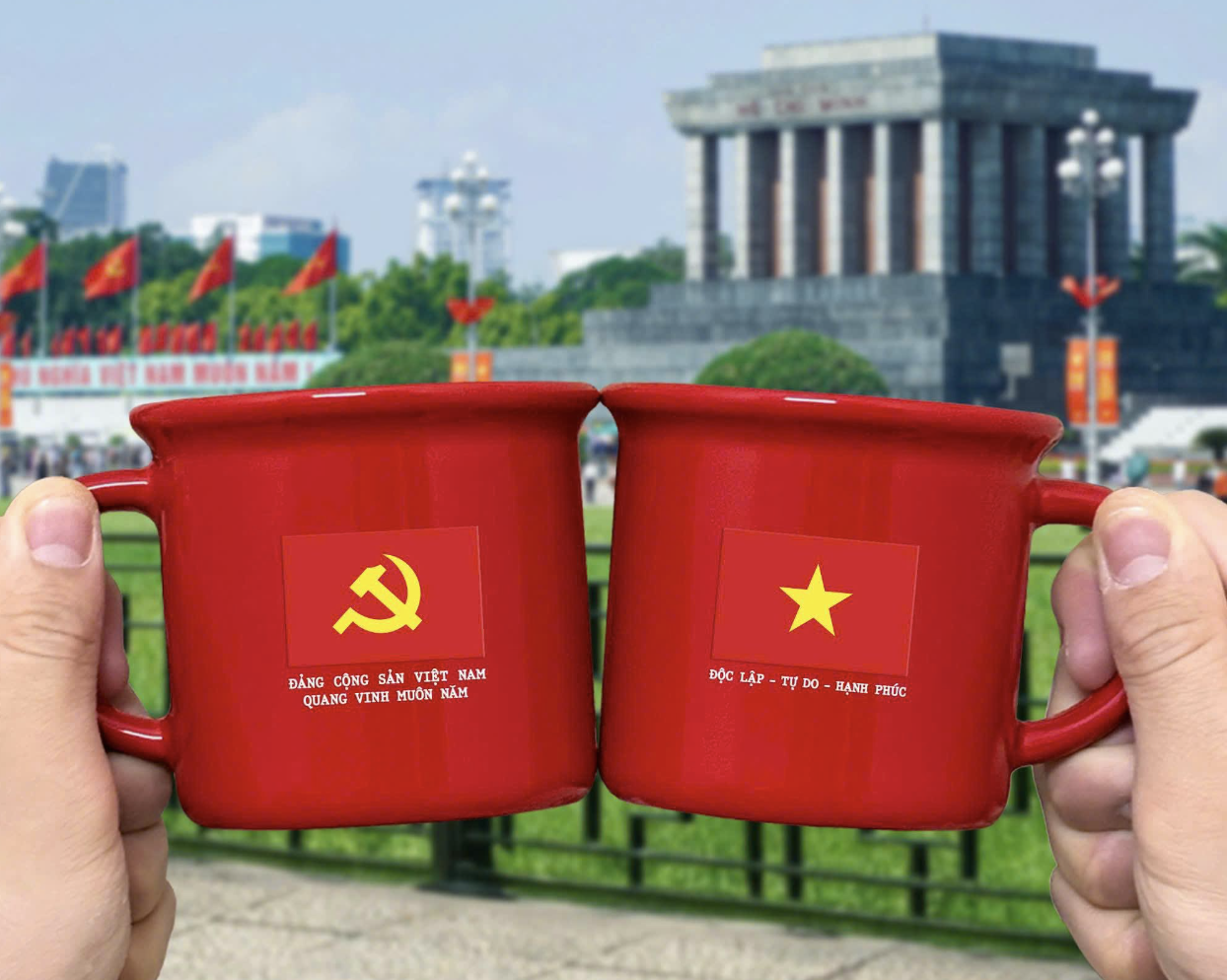
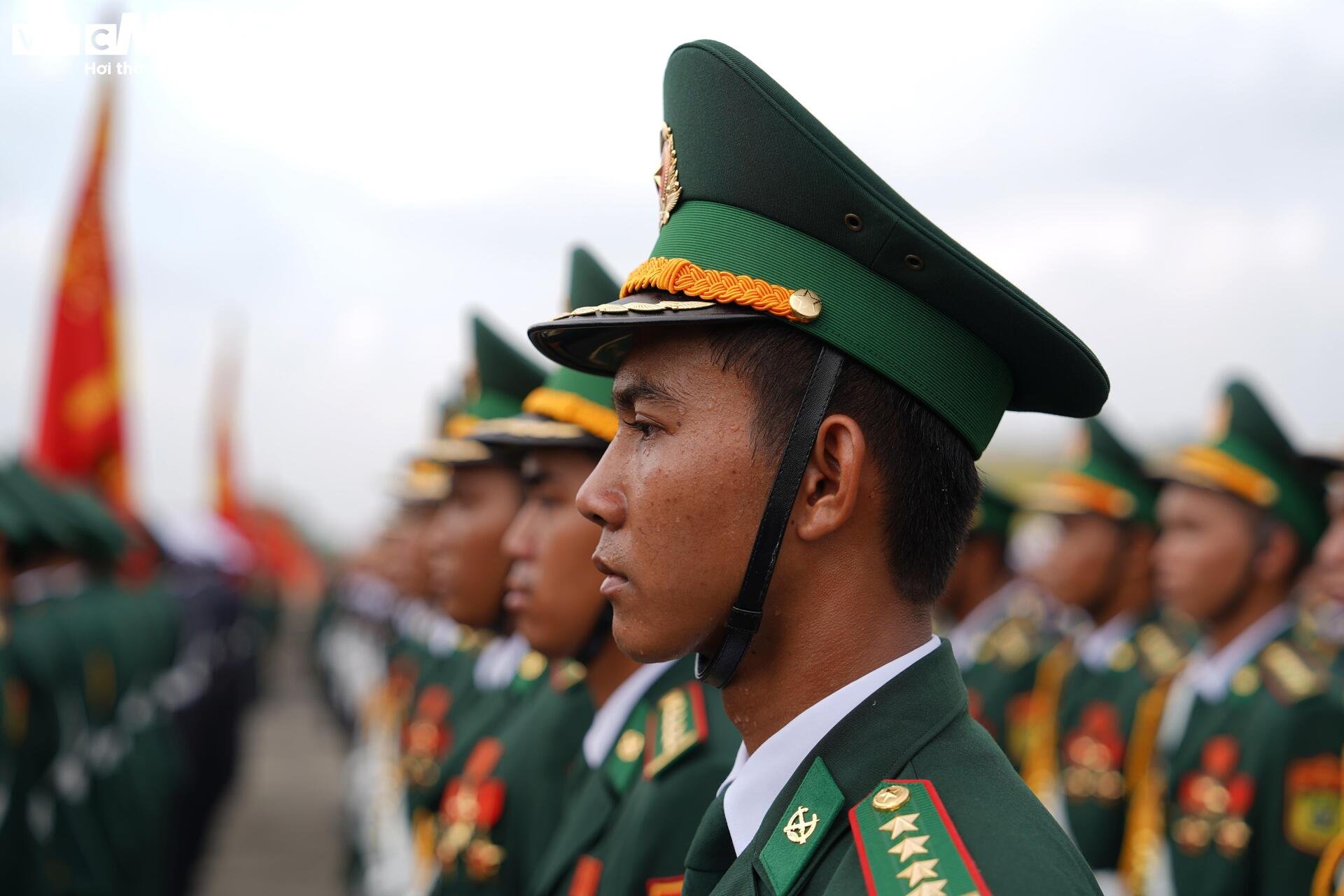








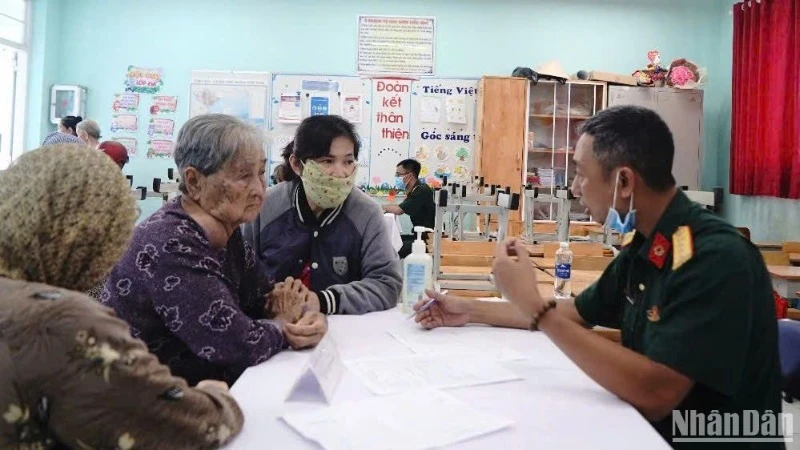
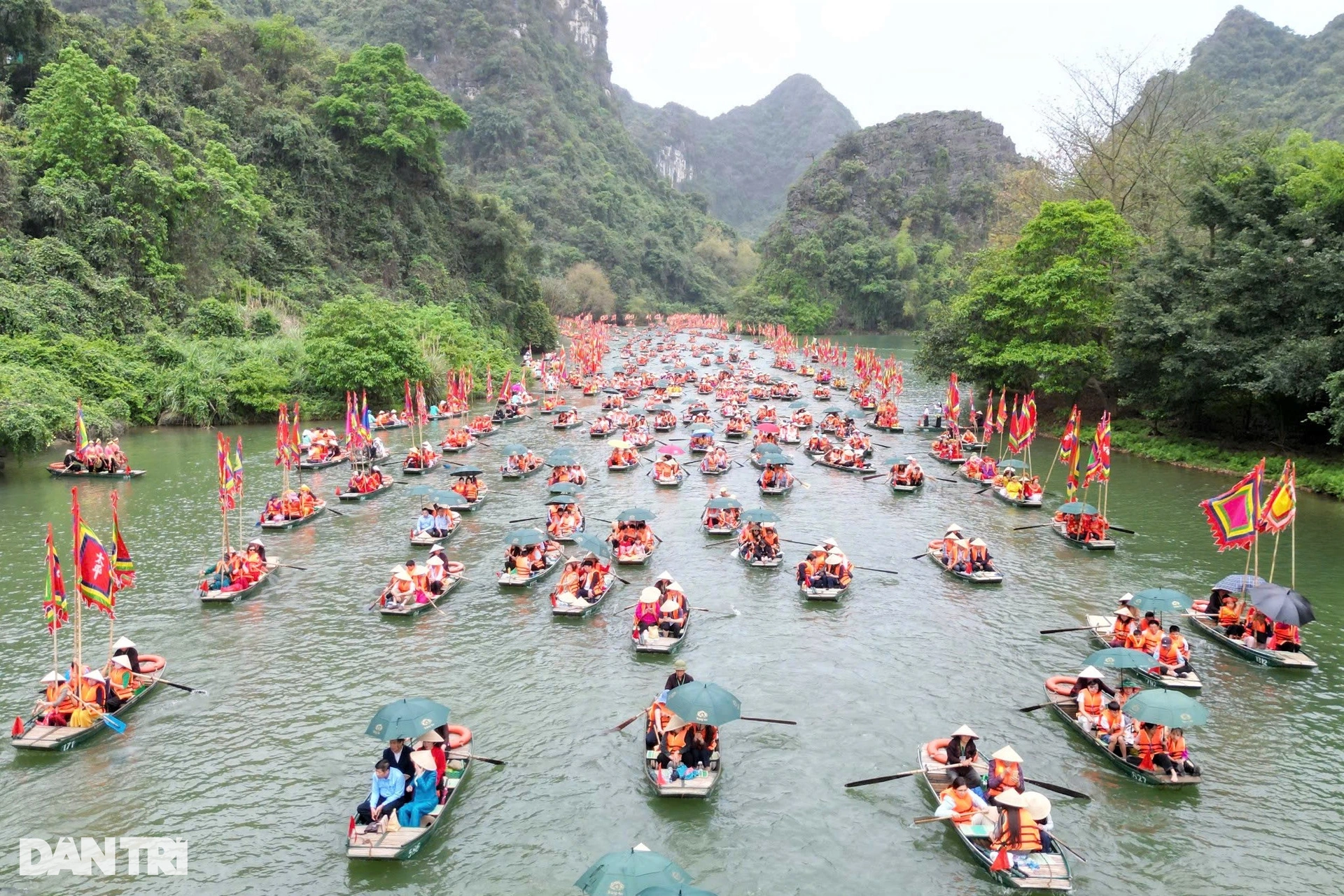











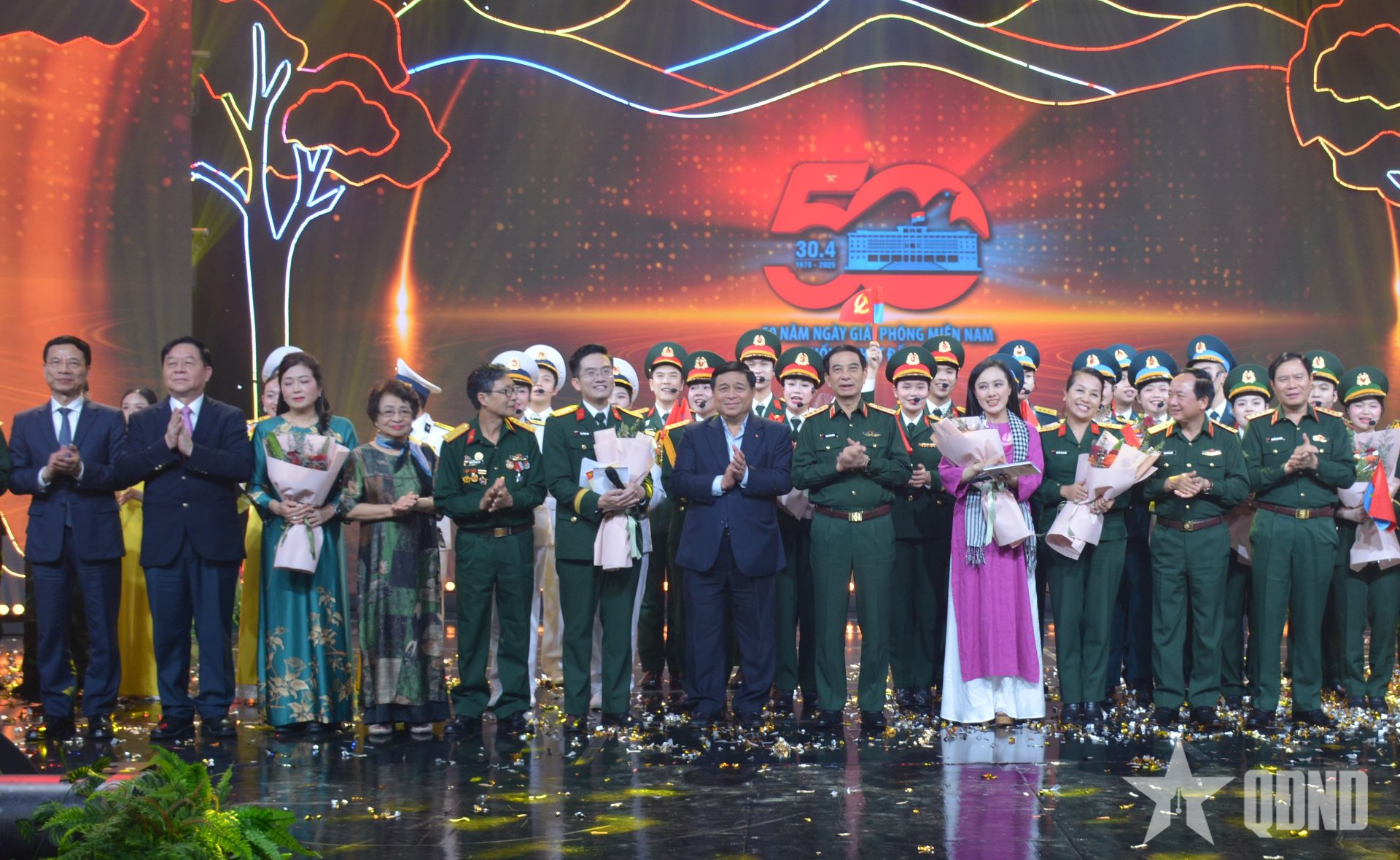

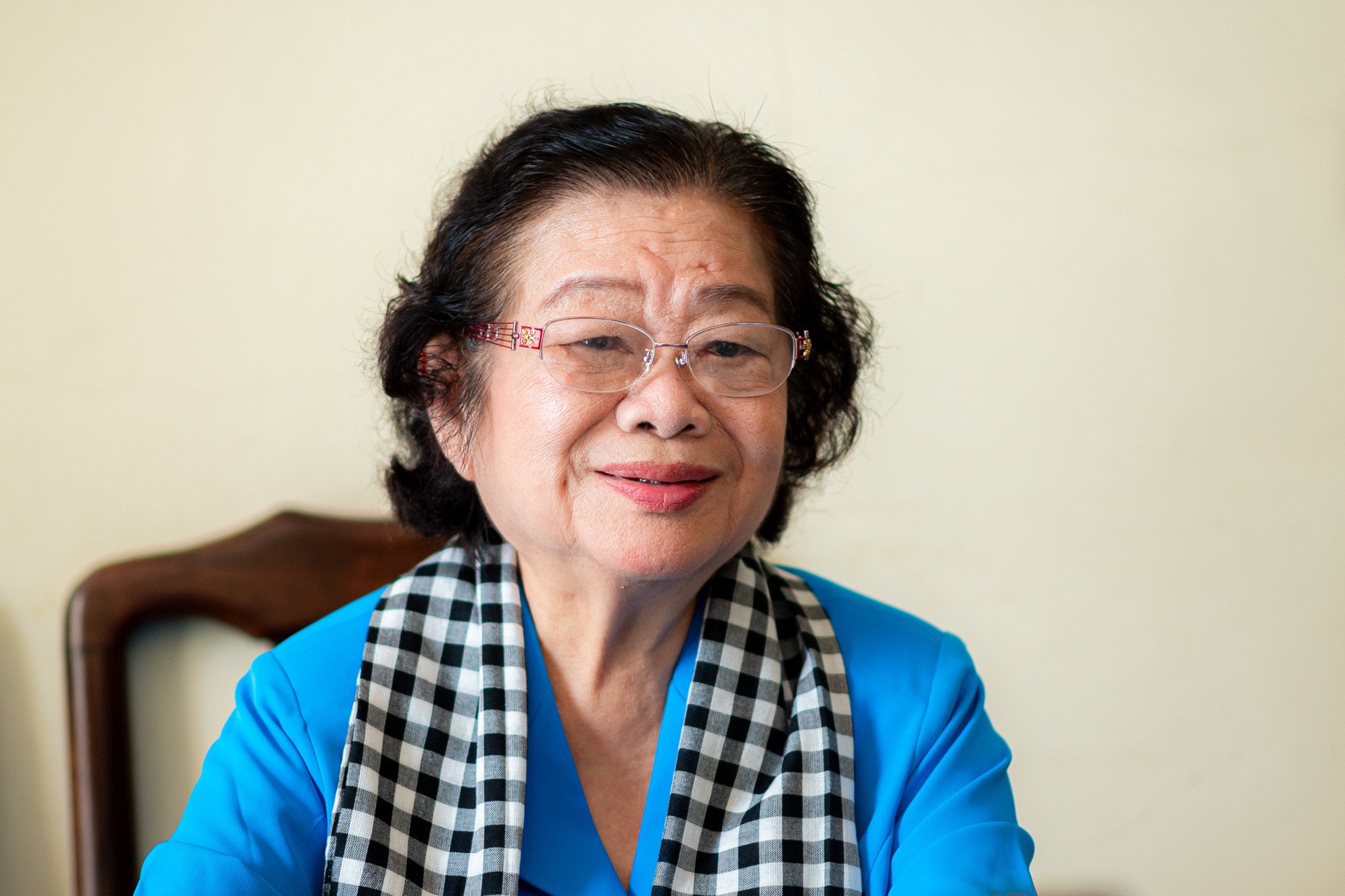




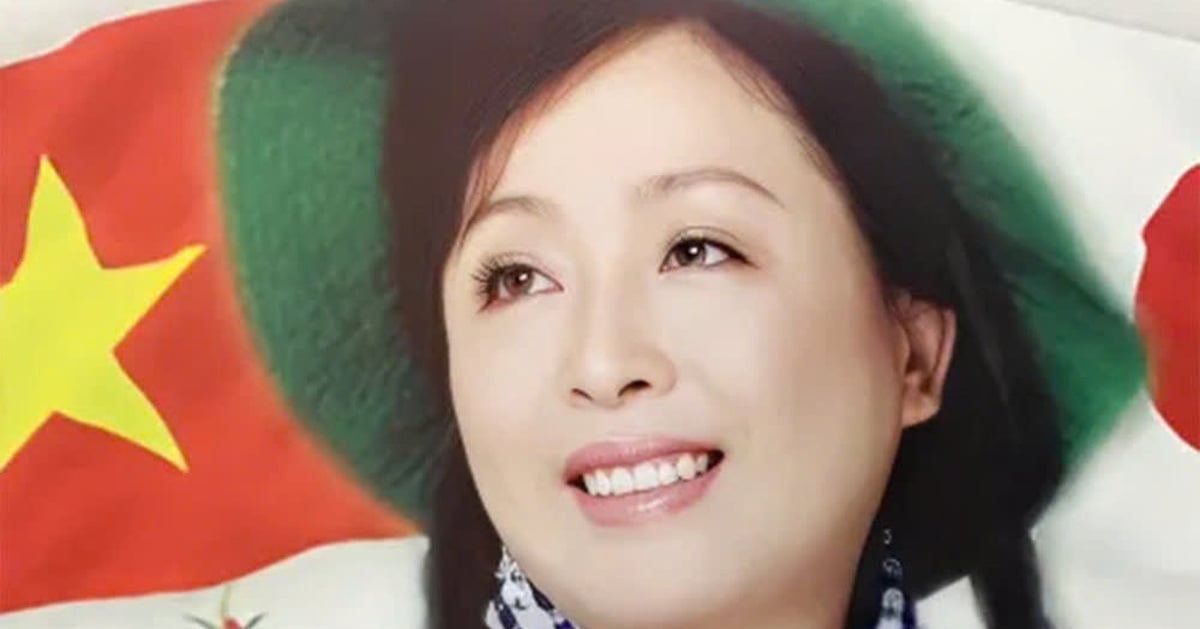









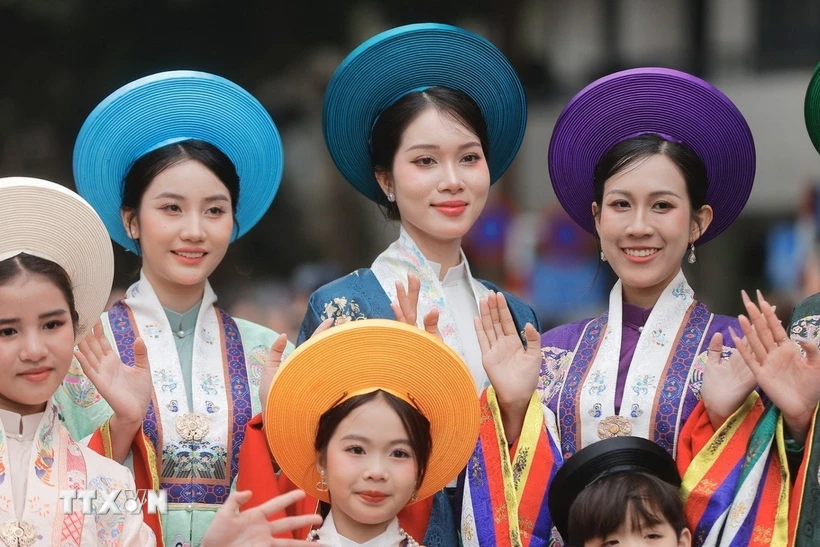

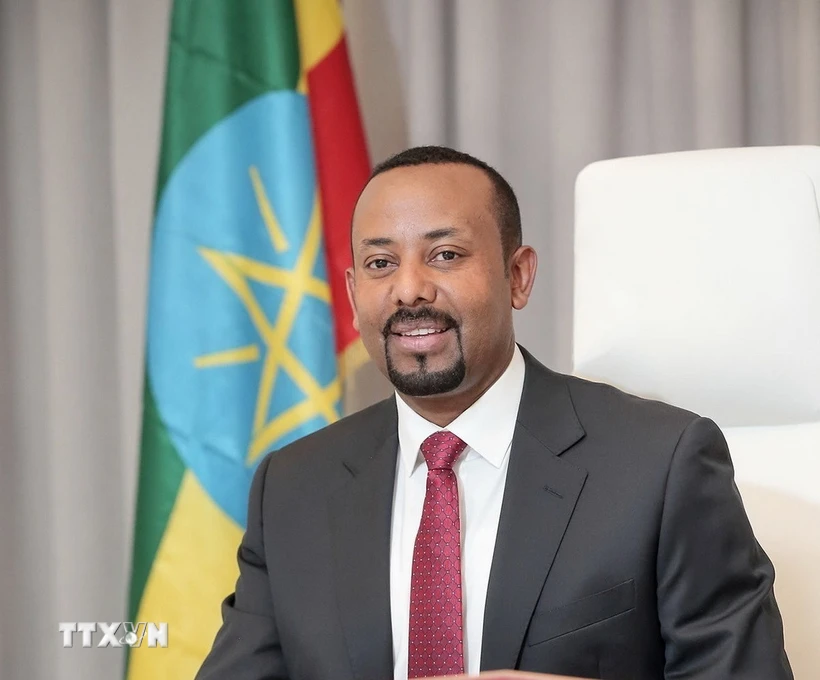

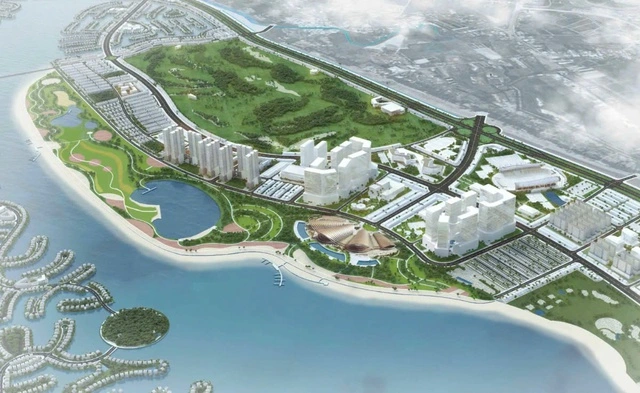

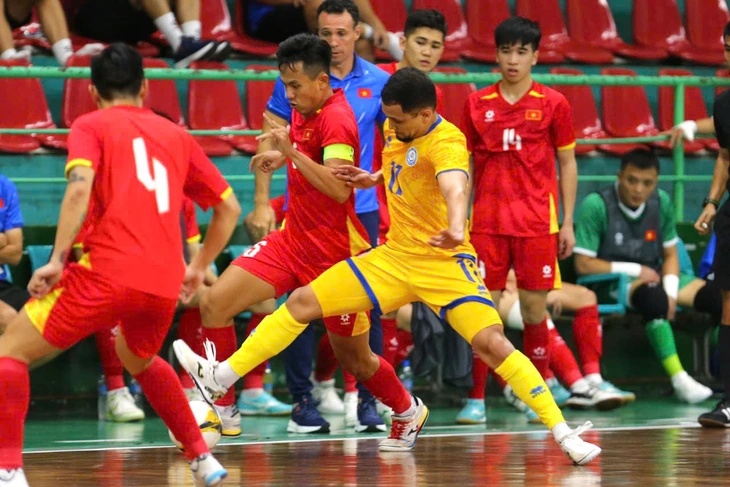
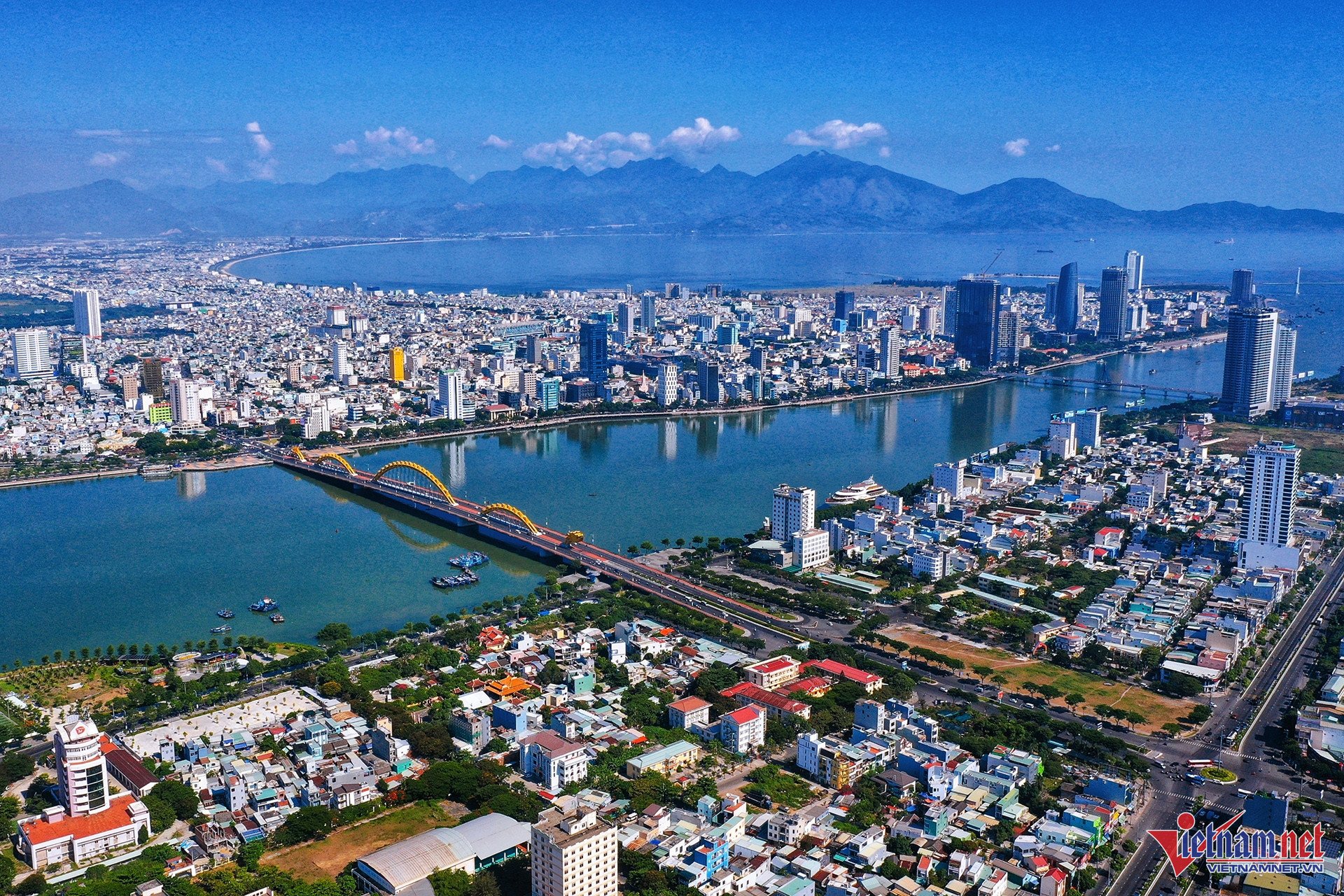
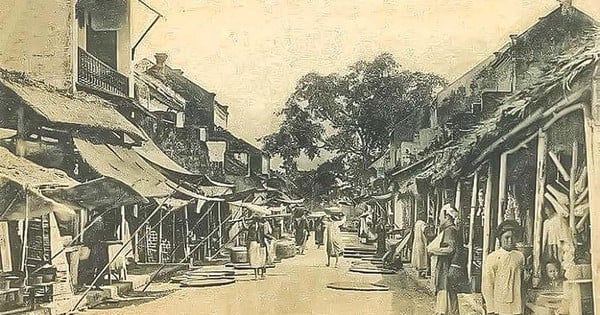

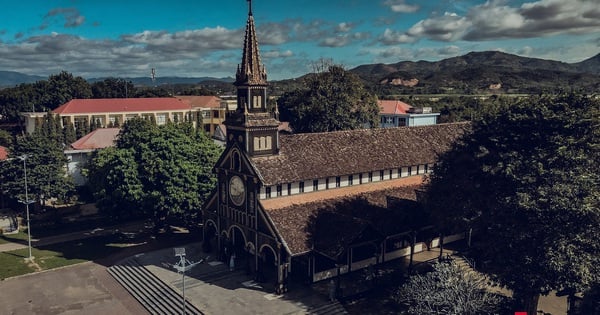
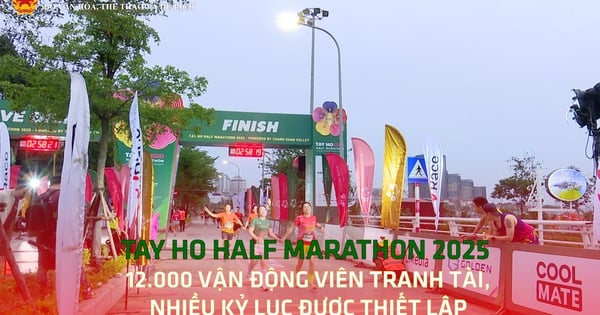
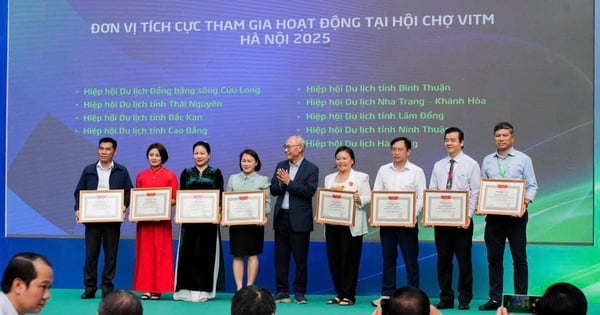





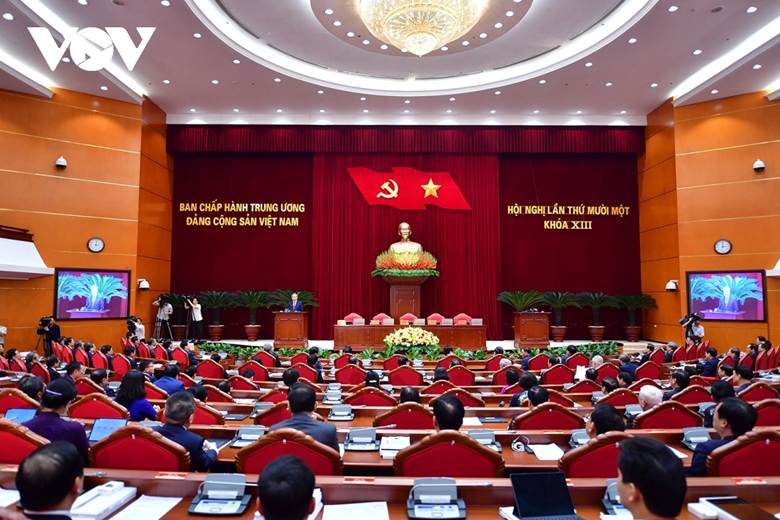


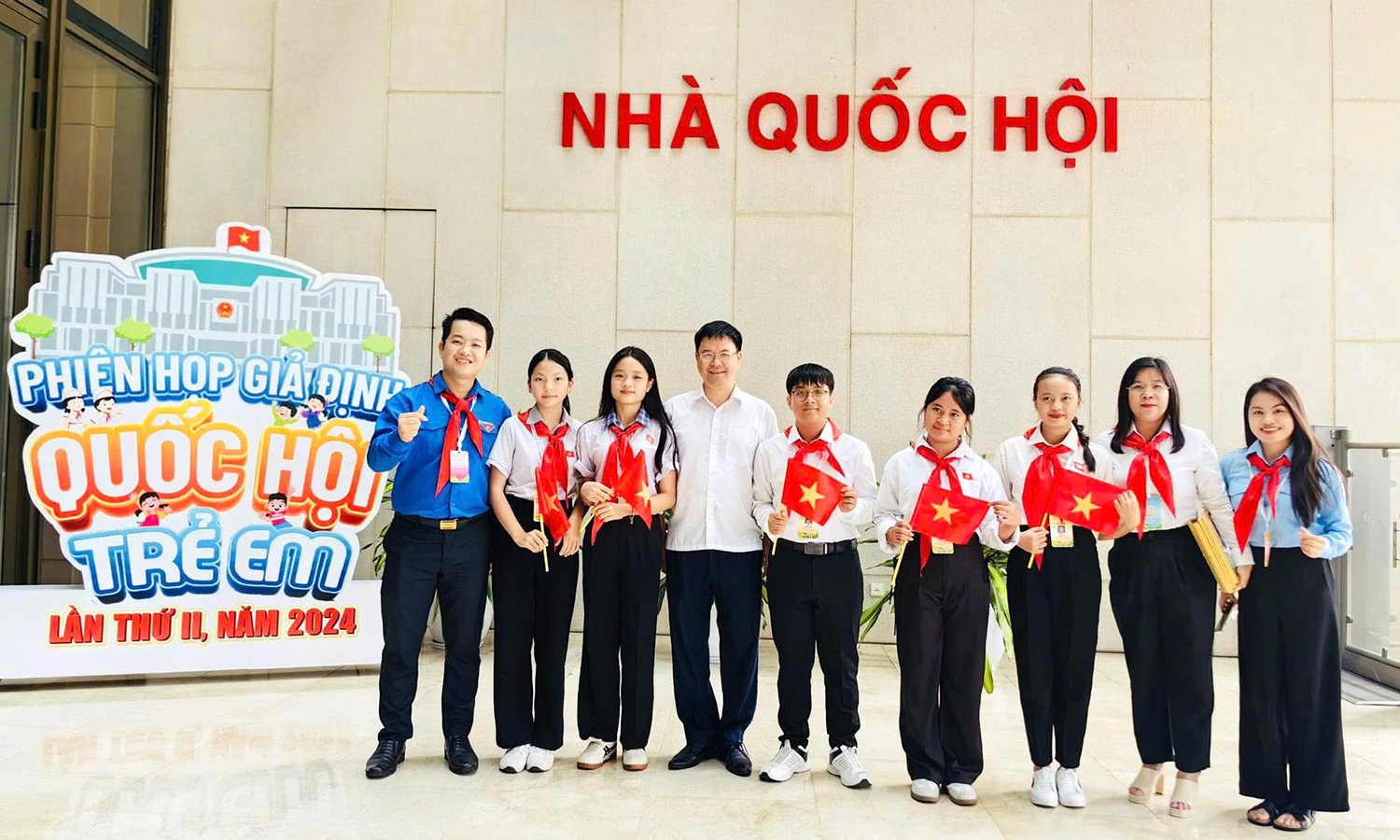

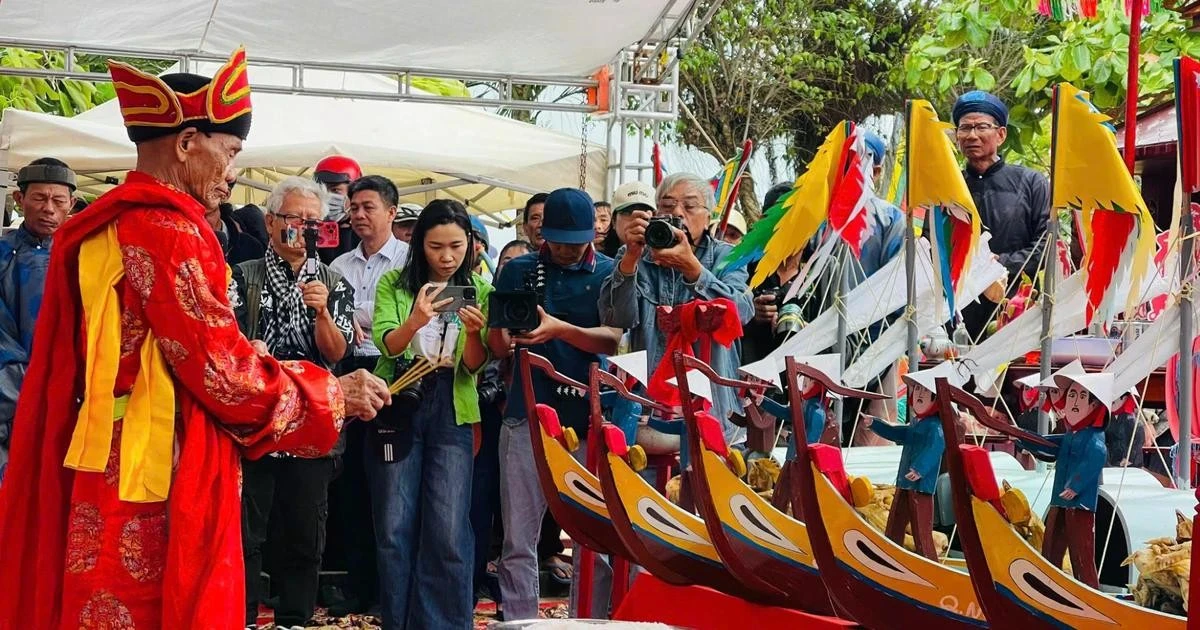



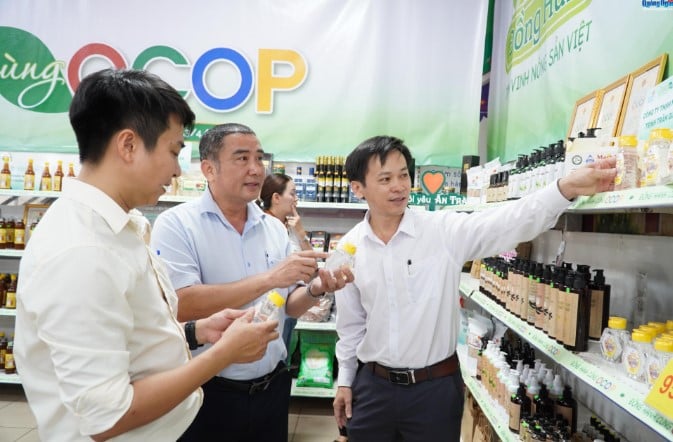








Comment (0)